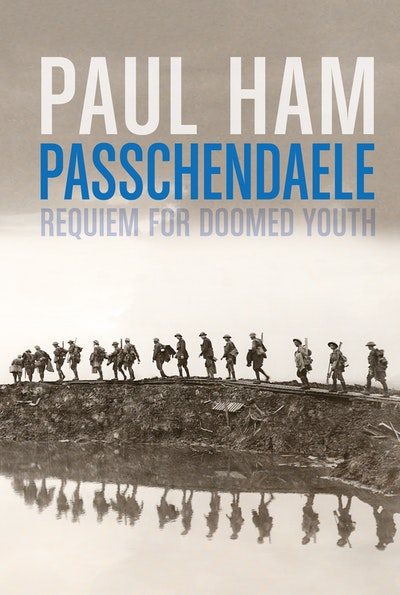'Bite and hold’: the grinding tactics of Field Marshal Haig.
In September 1917 world events were closing in on Flanders, denying Field Marshal Douglas Haig any hope of support from Russia and little from France.
Russia’s armies were ‘fast disintegrating’. Thousands were deserting. Lenin’s calls for insurrection were curdling into bloody reality, easing pressure on the German units along the Eastern Front, many of whom were now packing up and heading west.
In France, Pe´tain’s exhausted armies were not expected to resume full strength until early 1918. And the Americans were delayed, not due to arrive in force until mid-1918. That left the British and little Dominions as the only forces capable of offensive action, which might have counselled restraint, possibly a defensive war. But Haig felt the imperative to attack, and attack again, even though the original goal, the Belgian coast, was beyond his reach.
Few supported him, or pressed him to persist. The French generals, notably Foch, were against the Flanders Offensive; or, like Pe´tain, they went along with it because it bought more time for their forces to recover. Haig’s own commanders had advised against him continuing in the terrible conditions.
Prime Minister Lloyd George and the War Policy Committee were, of course, consistently opposed (even if they failed to act). According to the latest Cabinet statement to this effect, issued on 20 July, ‘on no account’ should Flanders degenerate into ‘protracted, costly and indecisive operations’ like the Somme. By early September, that’s exactly what it had become. But, in a manifest failure of political leadership, the Cabinet did nothing. Government inertia, rather than any overt support, gave Haig the nod to keep bashing away.
Haig and his generals chose a method of grinding tactical warfare, dubbed ‘bite and hold’. Here is how it looked from the German perspective, as described by a German witness:
‘Take a section of the enemy front twenty kilometres wide and three kilometres deep, batter it for fourteen days with a few thousand guns of all calibres, cover it in a few hundred thousands of gas shells, turn everything completely upside down, until nothing could possibly be still moving as far as
is humanly possible – then occupy it by way of ten waves [of infantry] supported by machine guns, tanks and planes proceeding in sequence one after the other and protected by a fiery dome...
‘Then advance the artillery through the shell hole area and prevent the enemy from taking any effective counter-action by continuous barrage fire and unceasing individual attacks. After ten days, you take another section twenty kilometres wide and some kilometres deep and repeat the same calculation. And repeat it until you have reached your goal.’
Such were Allied intentions in September. And so, upon this blameless scrape of earth, Haig’s generals prepared to visit a torrent of fire on a scale mankind had never before inflicted on his fellow man, at the end of which every German soldier caught inside the targeted area should be dead, mutilated, gassed or incoherent. To this end, the Allies ordered up an unprecedented number of heavy guns.
Keep your eyes out for the next in this series of posts by Paul Ham, tracking the key moments and turning points in the Battle of Passchendaele.














